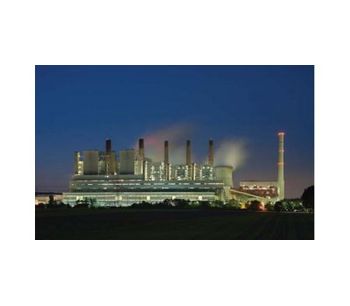
Secundary air flow measurement for power generation industry - Energy
Secondary Air Flow Overview: The need for accurate, repeatable & reliable combustion air measurements in power generation plants is critical to efficient operation and safety throughout the entire facility and processes. Accurate secondary air flow measurement to the burners is critical for maintaining the proper air to fuel ratio, resulting in more complete and stable combustion, better performance and lower emissions. Coal-fired power plant applications pose a number of challenges to obtaining these critical flow measurements including large ducts, limited metering runs, poor velocity and temperature profiles, vibration and high temperatures.
Customer Application and Performance Issues
A large EPSC firm in the Northeast had a contract to install Low Nox burners at a Coal Fired Power Plant in the Southeast. The Power Generating Station had two 650 Megawatt coal-fired boilers in operation. In order to help meet increasing electricity demands, the company planned an expansion that would add a third unit to the facility. However, environmental regulations required that the emissions from the existing plant be lowered before the new plant could be built. The first phase of expansion consisted of upgrading Unit l and 2 Boilers with Low NOx burners to reduce their emissions.
The challenge for the EPSC firm was that Low NOx burners need a higher air pressure/flow in order to operate effectively and achieve lower emissions. But in this application, the secondary air ducts were originally built with Venturi/ Dp air flow measurement systems. The original Venturis were used to create a pressure drop which is then measured by a Dp transmitter to calculate the secondary air flow rate to the burners. Therefore, the EPSC firm needed to remove the Venturis so that the new Low NOx burners would have sufficient pressure/flow to operate properly. Once the Venturis were removed the EPSC firm had the challenge of finding a technology to measure the low pressure, low velocity and high temperature secondary air flow. The Kurz Thermal Mass flow metering system was the only technology that would operate in this application.


